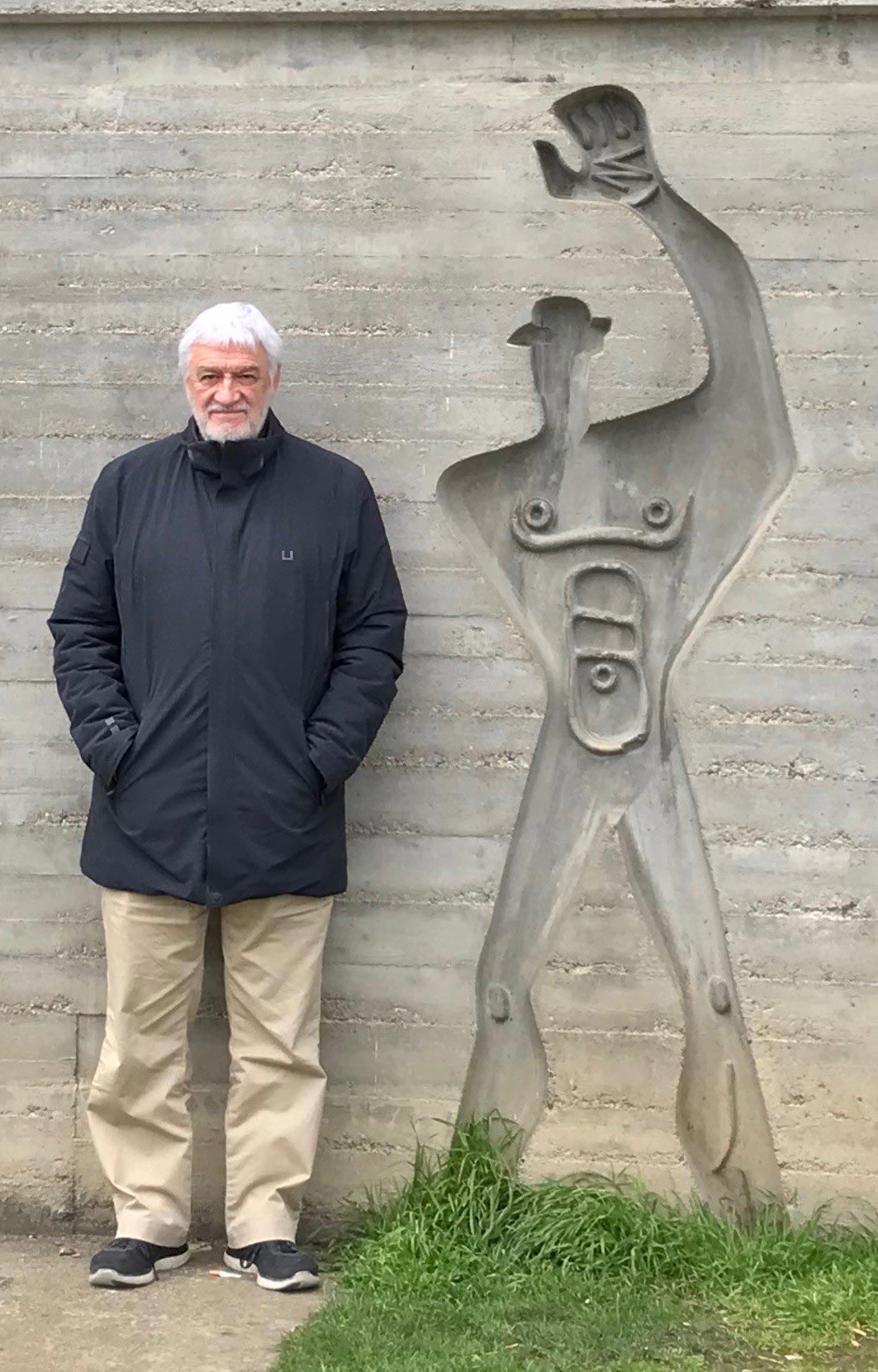Calidoscopi - Josep Benedito
4. KALEIDOSCOPE
The value of architecture at UPF
Josep Benedito, architect
In the context of other articles about university and culture, I would like to approach the topic in terms of the cultural value of architecture itself (when it deserves the name), namely, the value of recovering and restoring heritage buildings and integrating works of artistic value into architectural projects. UPF did this from the moment it was founded until 2010, a period in which we were closely linked first with the architect Jaume Llobet and, later, with the architects Ramón Valls and Frederic Crespo.
The urban model adopted for the location and implementation of the university’s facilities increased the potential cultural impact of its creation process.
The various centres that gradually became UPF consist of refurbished architectural works of artistic and historical interest that were then suitably complemented to adapt them to their new uses. This is exemplified by the buildings on Carrer de Balmes (former Fòrum Vergés by the architect Enric Sagnier) and Las Ramblas (historical Grand Hotel Falcón), as well as the Ciutadella campus (Dipòsit de les Aigües building, by Josep Fontserè, and barracks) and Poble Nou campus (former Ca l’Aranyó industrial complex). It is likewise on display in the renovation of the Plaça de la Mercè building (Rector’s Office) and UPF’s facilities at the França train station (north and south wings and post office building).
The cultural value embodied by buildings of historical-artistic heritage can only be effectively preserved if they are filled with activity, provided it is done whilst also recovering and preserving their own character and ensuring that both the changes that need to be made and the new architecture to be added are duly integrated. Functional plans must also be modulated to accommodate the limitations and internal laws of the building itself.
The cultural value embodied by buildings of historical-artistic heritage can only be effectively preserved if they are filled with activity, provided it is done whilst also recovering and preserving their own character

In the case of UPF, these requirements have been met from the start of its ambitious construction programme. This is because it has always clearly regarded the architectural, historical and social value of its activity as another part of its plan to achieve the level of quality for which it is recognized today.
It is hard to find such an important set of operations, done in such a short time, concentrated in a limited area and inspired by a sustained desire to value the cultural dimension. One clear example is the old elevated water tank built by the architect Josep Fontserè to hold and regulate the water needed to irrigate the new park that would replace the former citadel.
It is hard to find such an important set of operations, done in such a short time, concentrated in a limited area and inspired by a sustained desire to value the cultural dimension.
The adopted solution grew out of the country’s great building tradition, based on the production of bricks. It consisted of a set of parallel walls, crowned by barrel vaults and buttresses. The walls are crossed at right angles by naves, resulting in a forest of thick, towering pillars. The water tank itself was located on top of this structure.
The space is almost abstract, given that its sole function is not visible. Due to its proportions, it resembles a cathedral made of exposed brick. Nothing could have further enhanced its value or made better use of its formal potential and historical significance than the campus library.
The design by the architects Lluís Clotet and Ignacio Paricio transformed it without modifying it, creating an array of environments on different scales within a single continuous space, successfully meeting the functional needs without betraying any of the historical building’s values. As a result, the building as a whole is a work of artistic value that simultaneously fulfils a need, recovers and restores a piece of heritage, and culturally enriches the university and city.
